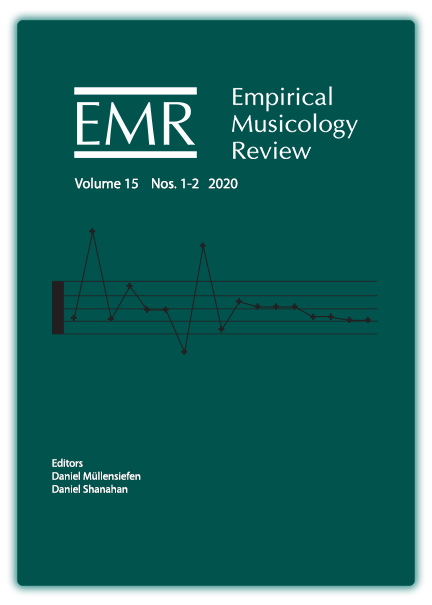Tonal and "Anti-Tonal" Cognitive Structure in Viennese Twelve-Tone Rows
DOI:
https://doi.org/10.18061/emr.v15i1-2.7655Keywords:
serialism, twelve-tone music, music cognition, tonality, tonal schema, contratonalAbstract
We show that the twelve-tone rows of Arnold Schoenberg and Anton Webern are "anti-tonal"—that is, structured to avoid or undermine listener's tonal schemata. Compared to randomly generated rows, segments from Schoenberg's and Webern's rows have significantly lower fit to major and minor key profiles. The anti-tonal structure of Schoenberg's and Webern's rows is still evident when we statistically controlled for their preference for other row features such as mirror symmetry, derived and hexachordal structures, and preferences for certain intervals and trichords. The twelve-tone composer Alban Berg, by contrast, often wrote rows with segments that fit major or minor keys quite well.
Published
How to Cite
Issue
Section
License
Copyright (c) 2020 Paul T. von Hippel, David Huron

This work is licensed under a Creative Commons Attribution-NonCommercial 4.0 International License.


